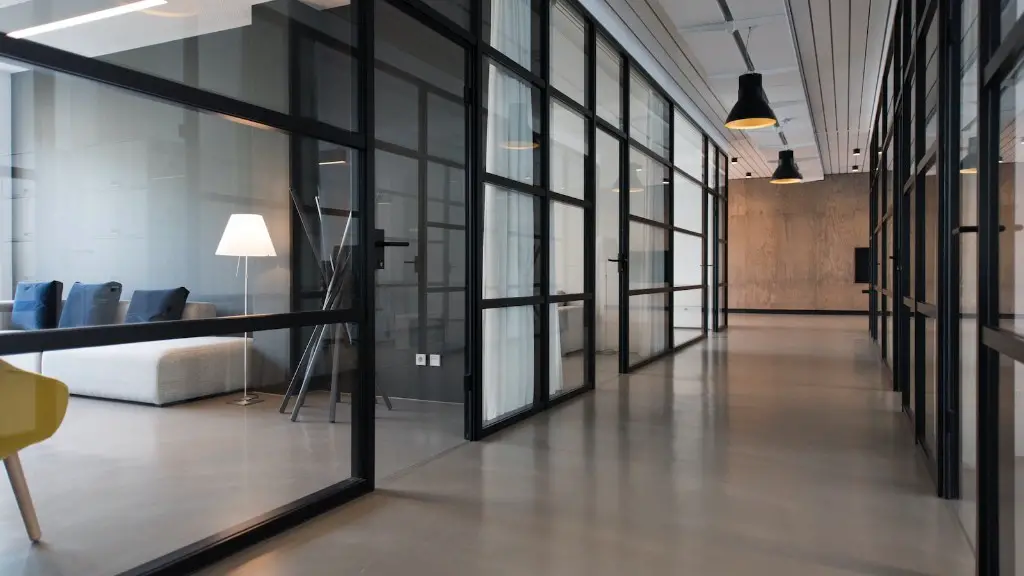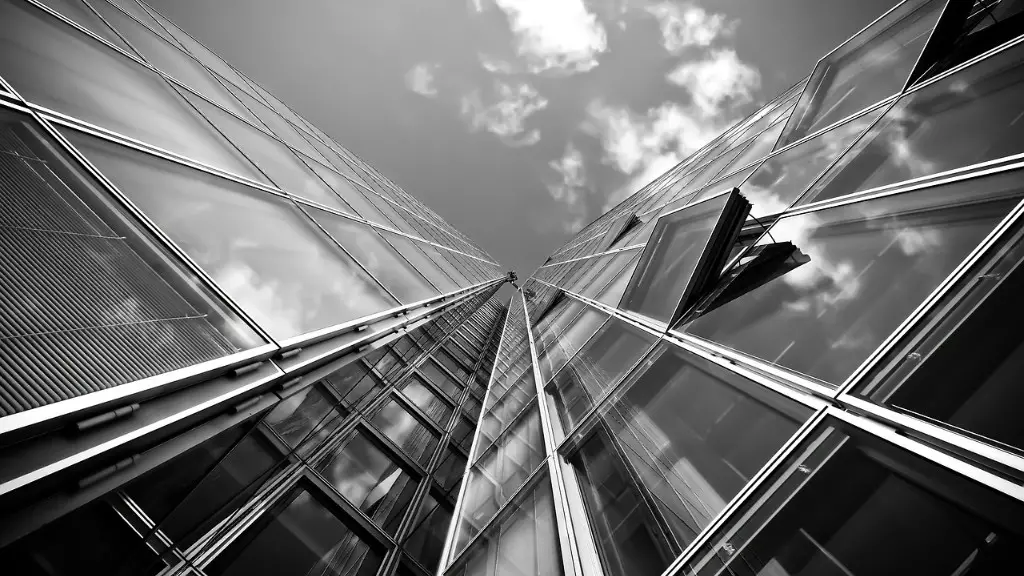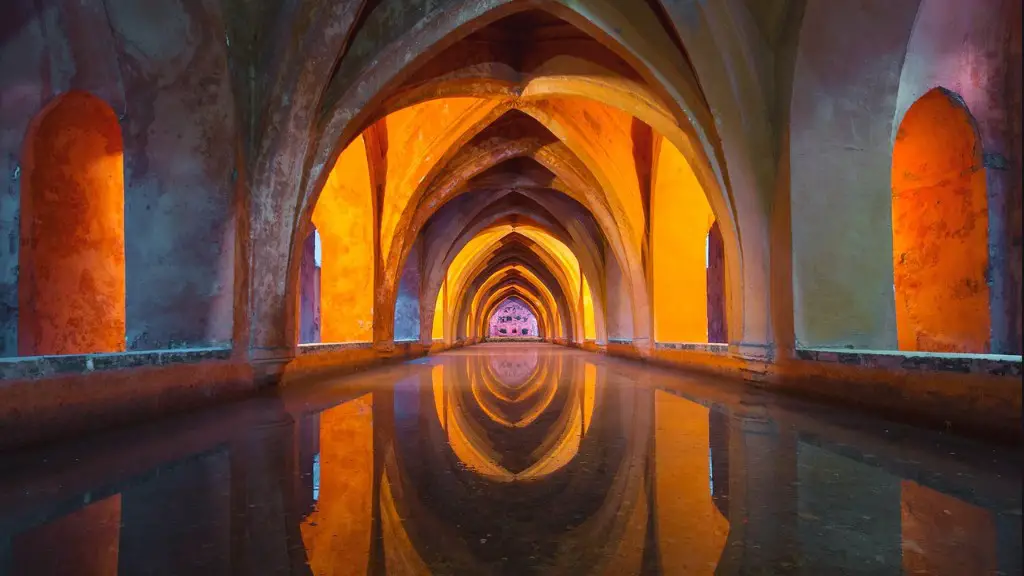Contemporary architecture has divided opinion amongst architecture enthusiasts for decades. Whether it is the gridded façades of modern residential blocks or the steel and glass skyscrapers that are common sights in cities, contemporary architecture has its detractors.
Part of the issue is that every era has its tastes. Many people look back at olden styles such as Victorian, Edwardian and even Renaissance with a certain fondness, whilst contemporary architecture is considered by some to be too out-there, giving rise to some dislike of the style.
Urban sprawl has also had an impact on the general opinion of contemporary architecture. Anybody used to the small towns and villages of the past is likely to be shocked by the speed at which towns and cities have expanded. In some places, this has caused a sense that the beauty and character of a particular area has been lost as glossy, modern buildings have replaced what was there before.
The cost of living in prestigious new developments can also make people feel somewhat uneasy with contemporary architecture. Many of those glossy buildings are simply too expensive to be affordable to most, with middle-and-low-income households missing out on their potential benefits. This can lead to a feeling of resentment that wealthier households are being dealt all the best cards in terms of accommodation.
On a more practical level, contemporary architecture can often be far from energy efficient, with energy-hungry air-conditioning systems, glass walls and other features that require high energy usage. This is a problem that developers are faced with on a daily basis and many are striving to solve the issue, but to some people this is a reason to steer clear of the style.
Add to this the fact that contemporary architecture is often seen as ‘cold’ and ‘impersonal’ as well as having a questionable place in the local vernacular, and it is understandable how contemporary architecture can be considered something of a ‘dirty word’.
Historical Perspectives
It is important to remember that contemporary architecture has not just appeared out of thin air and any style will be influenced by its surroundings and peers. To look at why you might hate contemporary architecture, then, it helps to look at the history of the form.
In the 1950s, modernism was all the rage. Architects the world over adopted this style of simple, sleek lines in their designs, not just for architecture but for furniture and more too; mid century modern soon became a trend that was adopted around the world, and was to become the inspiration for many of the buildings and designs we have come to appreciate today.
But in the 1970s, things began to change. The ‘postmodernist’ period, as it was known, saw a move away from the simple lines of modernism. Architects such as Philip Johnson and Michael Graves began to experiment with brightly coloured patterns, expansive geometries, and the use of bold materials. While this gave architects more creative freedom, it also gave rise to a sense that contemporary architecture was being pushed too far, with buildings being built in unorthodox shapes and an influx of commercial-style surroundings.
This, to some people, remains a problem. For those whose generation grew up with modernist, minimalist architecture, postmodernism can seem unsettling and disingenuous. Consequently, there remains a feeling amongst some people that contemporary architecture does not have the same ‘soul’ as that of yesteryear.
The Future Of Contemporary Architecture
Contemporary architecture has come a long way since its early days, but it continues to be a subject of contention in certain circles. Thankfully, modern architects are now experimenting with ways to improve the style and make it more palatable to those who find it off-putting. This includes creating buildings with modern designs that still express the vernacular of the area and bearing in mind the cost of living in such buildings too.
It is telling that contemporary architecture remains a subject of debate and discussion. We live in a world that is constantly evolving and adapting, and while some will always seek solace in the type of architecture from the past, we must respect efforts to create something new. After all, contemporary architecture may not always be popular, but it can still be beautiful.
Materials and Design
The design of a contemporary building is inextricably linked to its materials. Architects have always made use of a variety of different materials to create their structures but recent years have seen growing interest in the use of a greater diversity of materials in architecture.
The choice of materials not only has an impact on the external appearance of a building but also has an influence on its internal environment. For instance, the use of glazing and glass in contemporary buildings can help to create a bright, airy feel. This airy atmosphere is complemented by the use of materials such as steel, concrete and timber, which help to bring an industrial yet modern look to buildings.
The way in which materials are used in contemporary architecture also makes it unique. Many of the modern designs focus on bold, geometric shapes, which make use of a variety of materials to create angular forms. Contemporary buildings often make use of hard edges and sharp lines, giving them a distinctly modern look that sets them apart from older styles of architecture.
These contemporary designs are often created with a specific purpose in mind. This could be to ensure that the building is energy efficient, or to ensure that it meets the needs of its intended users. By carefully selecting the materials used, architects are able to create buildings that are both sustainable and aesthetically pleasing.
Social Aspects of Architecture
It is important to remember that architecture is more than just a means to create a practical structure – it is also a reflection of society. As such, architectural designs can both reflect and challenge the values of society. This has been especially true of contemporary architecture, which often seeks to reflect the changing dynamics of our globalised world.
Contemporary architecture often incorporates aspects of global culture, such as global design trends, sustainable building materials and even cultural values. In turn, these aspects will also influence the ways in which people interact with their built environment.
The way that architecture is used is also changing, with new trends emerging all the time. This includes the growing trend of ‘mixed-use’ development, which combines residential and commercial buildings, as well as the increased use of public spaces in urban areas. These changes can often have a positive impact on society, providing new opportunities for people to live, work and socialise within their local communities.
Whilst people may dislike contemporary architecture for a variety of reasons, it is important to consider the social implications of the style. Whilst it may not be the same as traditional architecture, there is definitely an argument for contemporary architecture to be celebrated for the way it is reflecting and responding to the changing nature of our societies.
Environmental Factors
Whilst contemporary architecture may receive some criticism for its bold designs and modern materials, it is important to remember that the style has many environmental benefits. Contemporary architects are often at the forefront of creating environmentally conscious designs. This includes the use of materials such as green roofs and solar panels, which help to create structures that are both beautiful and sustainable.
The modern building process is also changing to become more sustainable. This includes the use of timber frame construction, which is becoming increasingly popular with contemporary architects. Timber frame construction is a cost-effective way of creating structures that are also energy efficient.
In addition, contemporary architecture is also a response to the impact of climate change. Architects and developers are now looking for ways to reduce their carbon footprint and create buildings that are more resilient to the changing weather. By using modern materials and embracing green technology, contemporary architects are helping to create a better and more sustainable future.
The environmental benefits of contemporary architecture should not be overlooked. Whilst it may not be the most popular style of architecture, it is worth noting that contemporary designs offer a wide range of environmental benefits that are not possible with traditional styles.
Conclusion
The debate surrounding contemporary architecture is sure to continue into the future. Whilst some people will always hold a favourable view of traditional architecture, others may find that contemporary designs offer a more modern and innovative look. The strength of contemporary architecture lies in its flexibility, allowing architects to create bold and distinctive designs that reflect and respond to the changing dynamics of our ever-evolving world.





